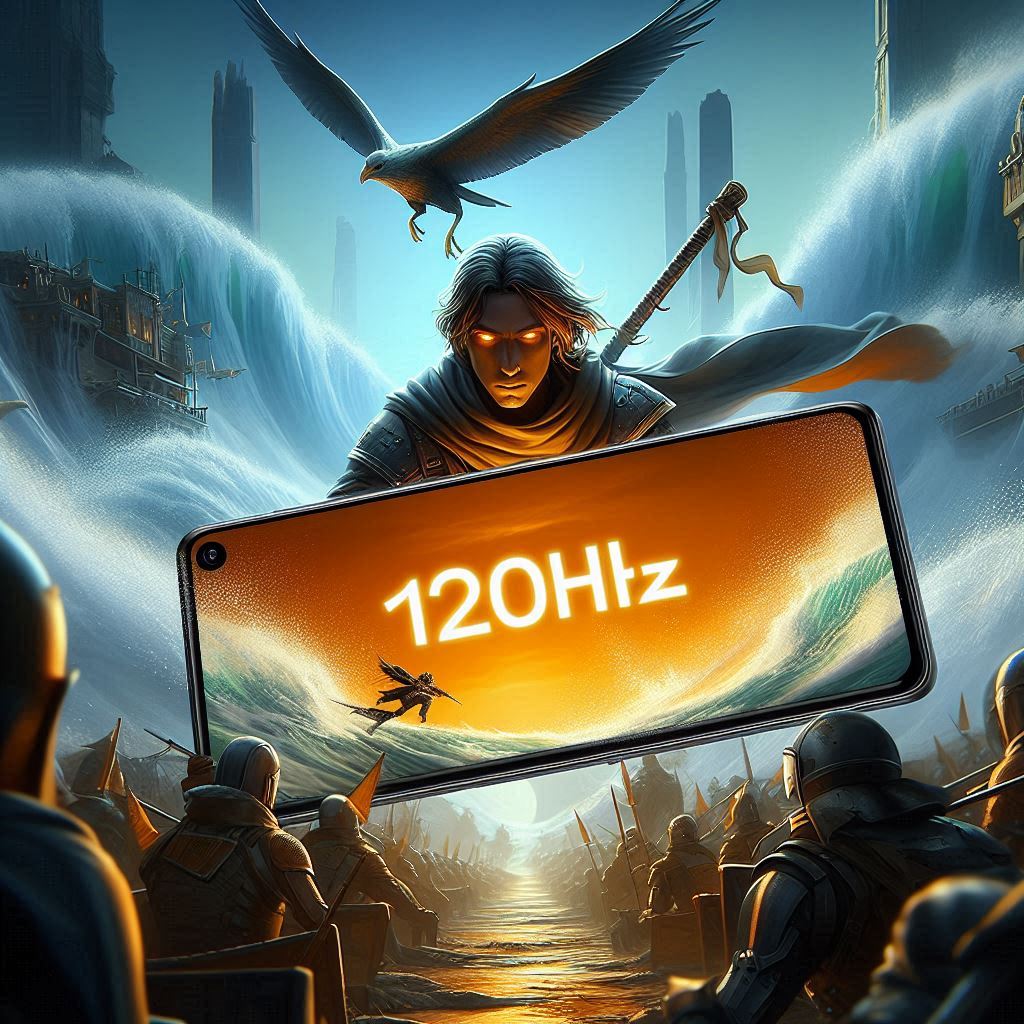The ever-evolving landscape of gaming, where pixels and refresh rates reign supreme, the integration of high refresh rate displays in smartphones has become a game-changer. Enter the era of 120Hz refresh rates – a feature that’s not just a luxury but a necessity for serious gamers. In this blog post, we delve into why a phone with a 120Hz refresh rate is crucial for gaming, and why settling for less can significantly impact your gaming experience, especially in competitive titles like Battle Royale games.
The Need for Speed: Why 120Hz Matters
Buttery Smooth Gameplay: Picture this – you’re navigating through the chaotic battleground of a Battle Royale game, and every split-second decision counts. A 120Hz refresh rate ensures that each frame is delivered to your screen with lightning-fast speed, resulting in smoother animations and more responsive controls. This translates to a competitive edge, allowing you to react quicker to enemy movements and gain that split-second advantage.
Reduced Motion Blur: Motion blur can be the bane of gamers, particularly in fast-paced action scenes. With a higher refresh rate, the transition between frames is seamless, significantly reducing motion blur and providing clearer visuals. This not only enhances your gaming experience but also aids in spotting enemies more quickly and accurately.
Enhanced Immersion: Whether you’re exploring immersive open worlds or engaging in intense multiplayer battles, a higher refresh rate can elevate your sense of immersion. The fluidity of motion makes you feel more connected to the game world, pulling you deeper into the action and heightening the overall gaming experience.
Competitive Advantage: In the world of competitive gaming, every advantage matters. A phone with a 120Hz refresh rate can give you the edge you need to outmaneuver your opponents. From precise aiming to smooth camera movements, the benefits of a higher refresh rate extend beyond mere visual appeal, directly impacting your performance in-game.

The Pitfalls of Settling for Less
While the benefits of a 120Hz refresh rate are undeniable, the consequences of settling for a lower refresh rate can be significant, especially in competitive gaming scenarios:
Increased Input Lag: A lower refresh rate means that the delay between your input and its corresponding action on-screen is more pronounced. This increased input lag can hinder your reaction times, putting you at a disadvantage during crucial gaming moments.
Choppy Gameplay: With fewer frames being displayed per second, gameplay on a device with a lower refresh rate can feel choppy and disjointed. This not only detracts from the overall gaming experience but can also make it harder to track fast-moving targets or navigate complex environments.
Missed Opportunities: In fast-paced games like Battle Royale titles, every missed opportunity can mean the difference between victory and defeat. A lower refresh rate can make it harder to spot and track enemies, leading to missed shots and lost engagements.
Display on your phone
120Hz refresh rate display on your phone isn’t just a gimmick – it’s a game-changer. From smoother gameplay to enhanced immersion and a competitive edge, the benefits of a higher refresh rate are undeniable. And in the world of gaming, where split-second decisions can make all the difference, settling for anything less simply isn’t an option. So, if you’re serious about gaming on your phone, make sure to invest in a device that can keep up with the demands of modern gaming – because when victory is on the line, every frame counts.





